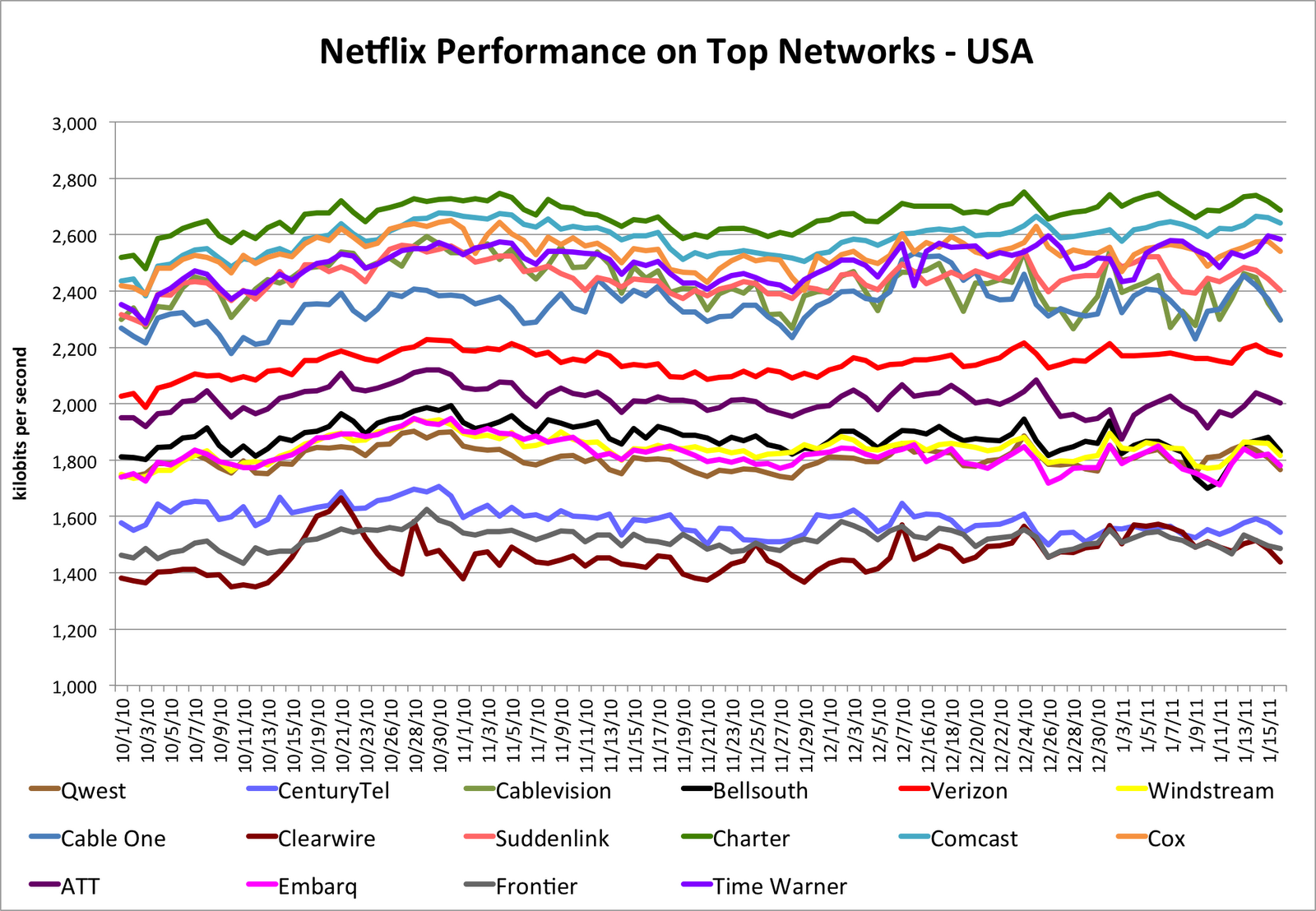I mentioned earlier that the Wi-Fi Alliance requires MIMO for 802.11n certification except for phones, which can be certified with a single stream. This waiver was for several reasons, including power, size and the difficulty of getting two spatially separated antennas into a handset. Atheros and Marvell appear to have overcome those difficulties; both have announced 2×2 Wi-Fi chips for handsets. Presumably TI and Broadcom will not be far behind.
The Atheros chip is called the AR6004. According to Rethink Wireless,
The AR6004 can use both the 2.4GHz and the 5GHz bands and is capable of real world speeds as high as 170Mbps. Yet the firm claims its chip consumes only 15% more power than the current AR6003, which delivers only 85Mbps. It will be available in sample quantities by the end of this quarter and in commercial quantities in the first quarter of next year.
The AR6004 appears to be designed for robust performance. It incorporates all the optional features of 802.11n intended to improve rate at range. Atheros brands this suite of features “Signal Sustain Technology.” The AR6004 is also designed to reduce the total solution footprint, by including on-chip power amplifiers and low-noise amplifiers. Historically on-chip CMOS power amplifiers have performed worse than external PAs using GaAs, but Atheros claims to have overcome this deficiency, prosaically branding its solution “Efficient Power Amplifier.”
The 88W8797 from Marvell uses external PAs and LNAs, but saves space a different way, by integrating Bluetooth and FM onto the chip. The data sheet on this chip doesn’t mention as many of the 802.11n robustness features as the Atheros one does, so it is unclear whether the chip supports LDPC, for example.
Both chips claim a maximum 300 Mbps data rate. Atheros translates this to an effective throughput of 170 Mbps.
Of course, these chips will be useful in devices other than handsets. They are perfect for tablets, where there is plenty of room for two antennas at the right separation.


